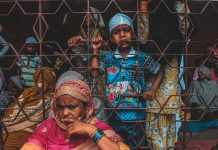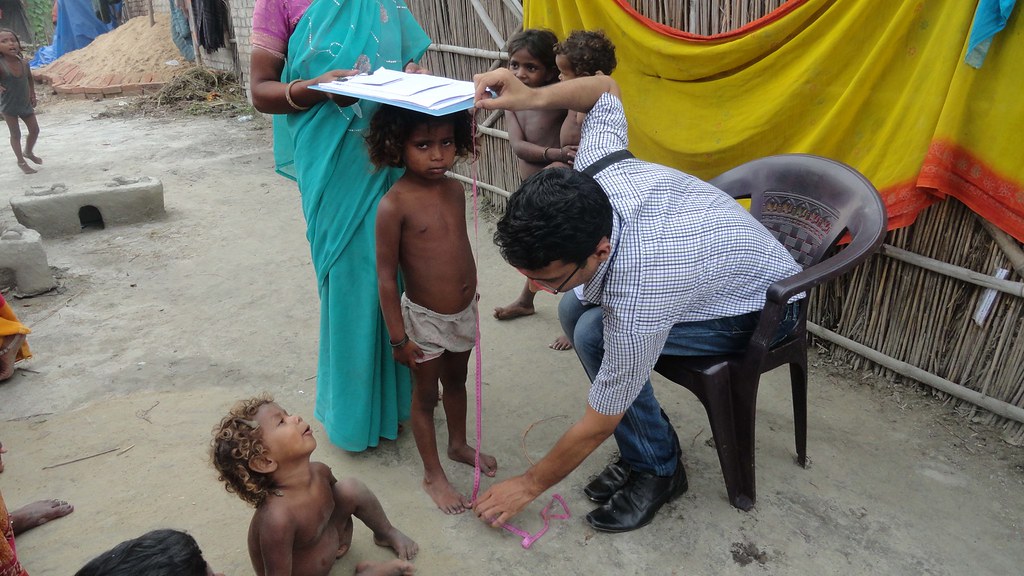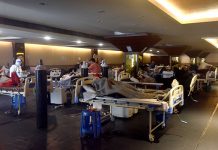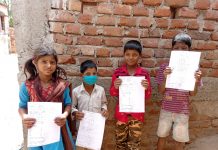Understanding mortality trends is key to finding ways to deal with them and significantly reduce their occurrence especially when a pandemic such as the COVID-19 becomes the existent reality.
At present the attention of the entire world including India is focused on reducing mortality related to COVID-19. However how high this mortality will be cannot be stated now due to several uncertainties. What we know of course is that the more improved our response is in terms of combining social distancing, screening, testing, treating and arranging all essential ( including protective) equipment and medicines, the more we will succeed in reducing mortality.
However there is another aspect of the mortality rate going up , and this relates to the mortality related to lockout and its aftermath. Briefly , such mortality can be caused in the following ways—
1.Hunger is increasing due to disruption of livelihoods and low food stocks with poor people.
-
-
- Migrant workers, some of them with small children, have resorted to very risky foot journeys of several 100 miles due to very sudden disruption of livelihood and hunger.
- Homeless people are very vulnerable. The number of homeless and near homeless people in some parts of the country have increased in recent times due to evictions, inability to pay rents, stigmatization and discrimination, riots and violence.
- There may be suicides relating to hunger, loss of livelihood, uncertainty and bleak outlook regarding future.
- A large number of people who have to regularly take life-saving medicines may not be able to access these. There may be several reasons for this. Due to disruption of livelihood the person or household may not be available to buy medicine. The supply chain at the local level may have broken down. Due to lockdown the patient or family members may not be able to search beyond the local source.
- In case of a medical emergency ( other than coronavirus) requiring hospitalization or urgent hospital care, this may not be accessible due to a number of factors. Firstly there may not be any money due to disruption of livelihood. Secondly it may be difficult to borrow money quickly from others due to lockout related factors. Thirdly hospitals may be overburdened by coronavirus related concerns. Fourthly some essential medicines may not be available due to supply bottlenecks.
-
At the time of demonetization I had reported on two villages in Saharanpur district (UP) regarding the impact which sudden denial of cash had on emergency medical care. In Patni village five deaths took place within a short time as no cash was available to meet emergency medical needs. At least three of these deaths were in the below 40 age group. In Sultanpur Chilkana village there were two deaths.
I also reported on this issue in the urban slum context from Jhuggi Shahbad Dairy A Block, Outer Delhi. In this slum four deaths had taken place due to such factors . At least two of these were in the below 20 age group. In addition there was also suicide of one person who could not bear to see the hunger of children.
Although the context then was different, this shows to what extent any new and big bottleneck in accessing emergency medical care can increase mortality in villages as well as urban slums.
With a proper understanding of these factors, much can be done to reduce the possibilities of lockout related mortality. Apart from ensuring that all relief already announced by the government reaches people very speedily and efficiently, in this crop harvesting season the government should make an advance payment to farmers to buy a part of their crops at a fair price, while stipulating as a condition that farmers in turn should pay fair wages to workers promptly. Then this part of the crop should be used entirely to meet local needs of rations, relief and nutrition programs. Hence supply bottlenecks can be avoided and prompt distribution of food ensured.
Life-saving medicines should be available free at community health centers and government hospitals. Special steps should be in place for most vulnerable sections, including homeless and violence or riots affected people. While maximum efforts should be made to enable migrant workers to continue to live in their present working region or city ( by banning house evictions and salary cuts during lockdown and its immediate aftermath and by arranging food ) , those who are already in various stages of transit should be helped as per their stated needs, with due precautions.
Attempts should be made to spread a message a hope and overcoming adversities together with unity, and such messages should be backed by strong actions .
Bharat Dogra is a freelance journalist who has been involved with several social movements.











